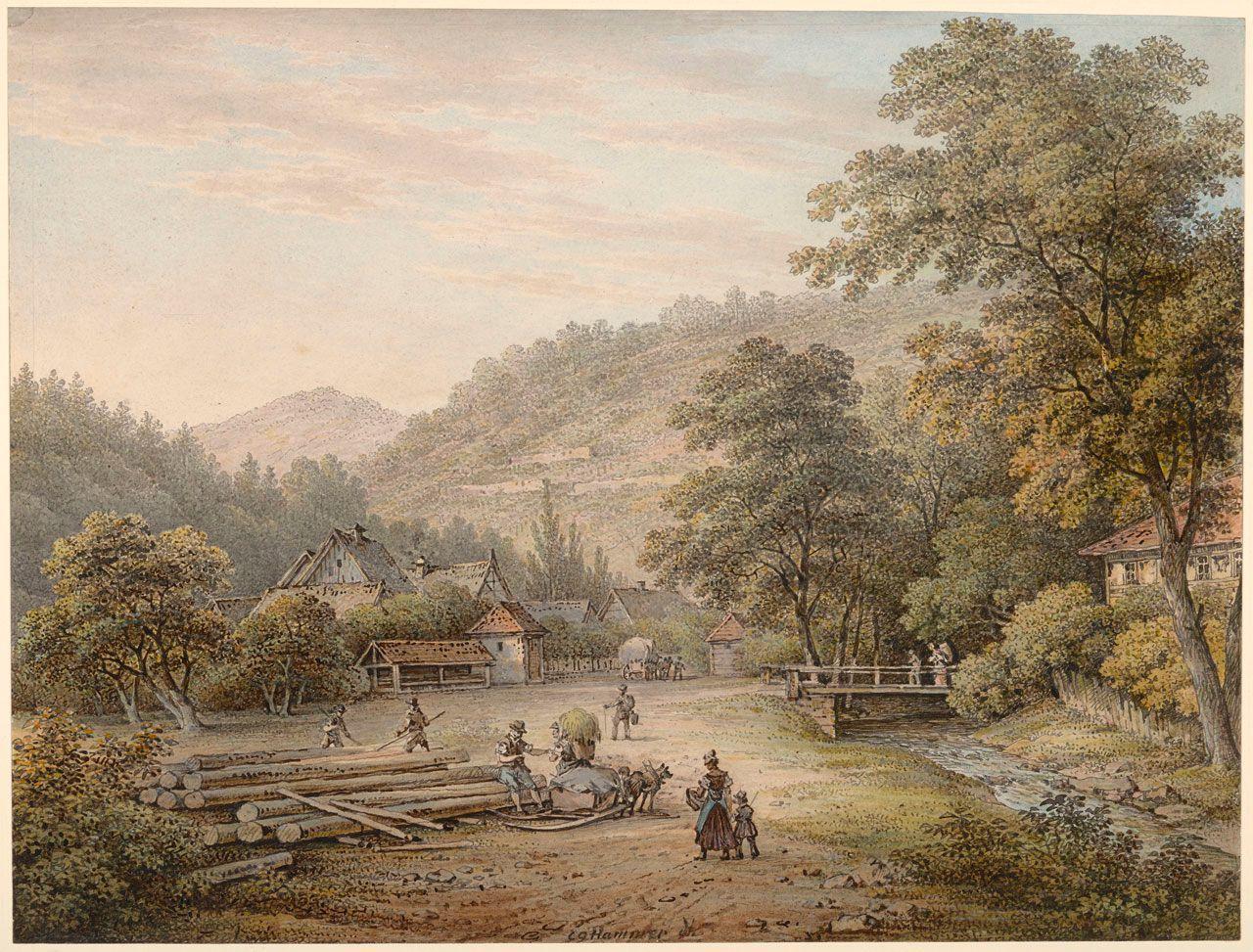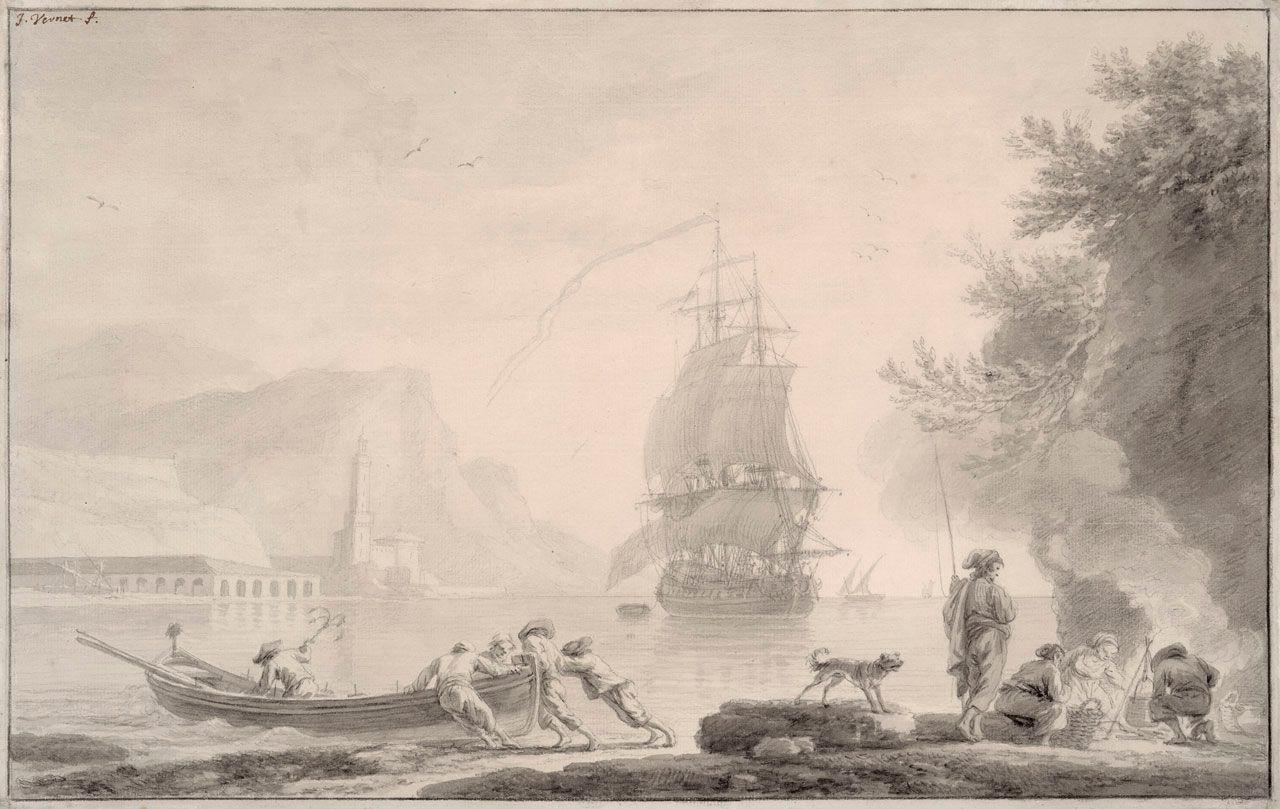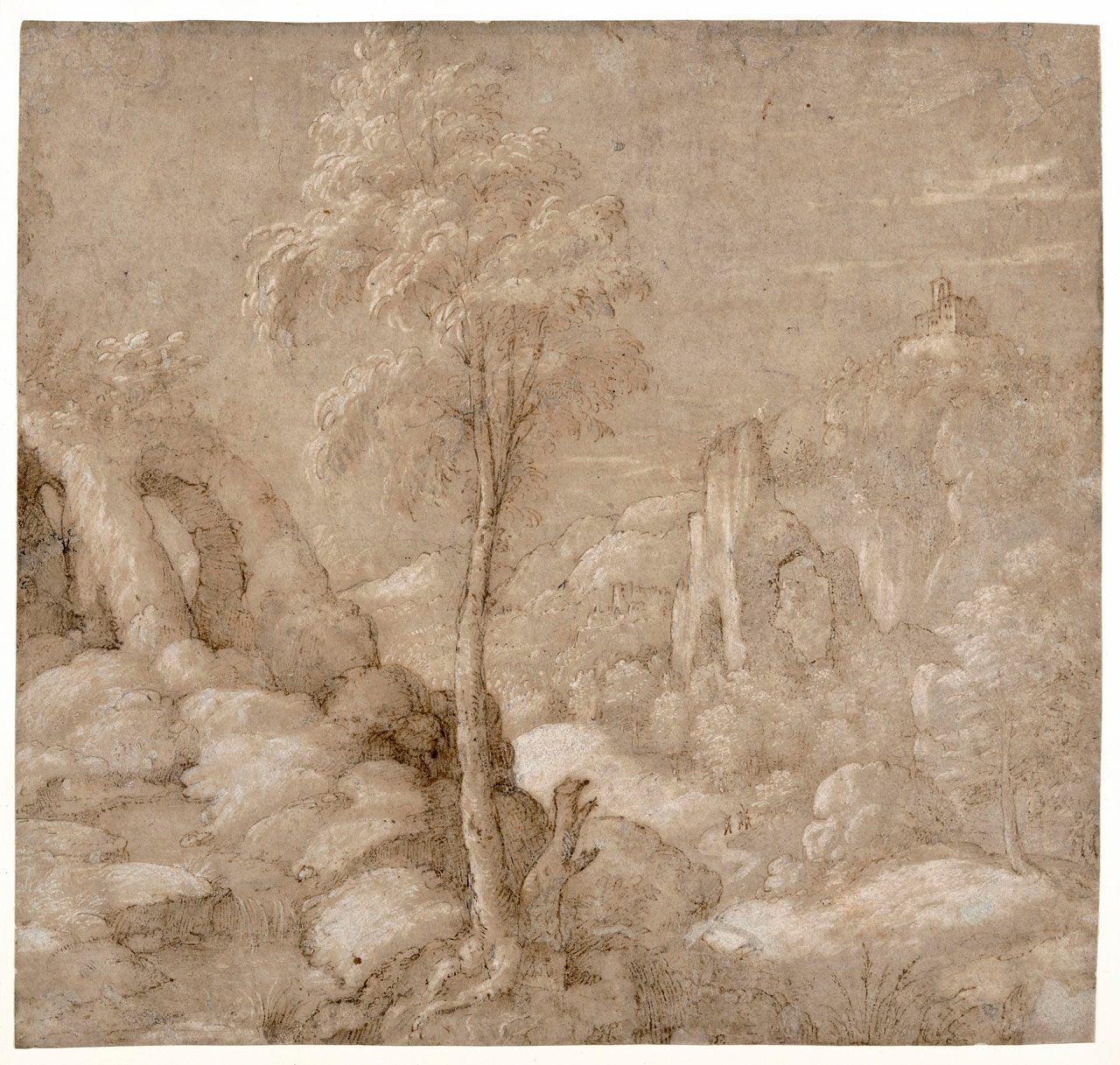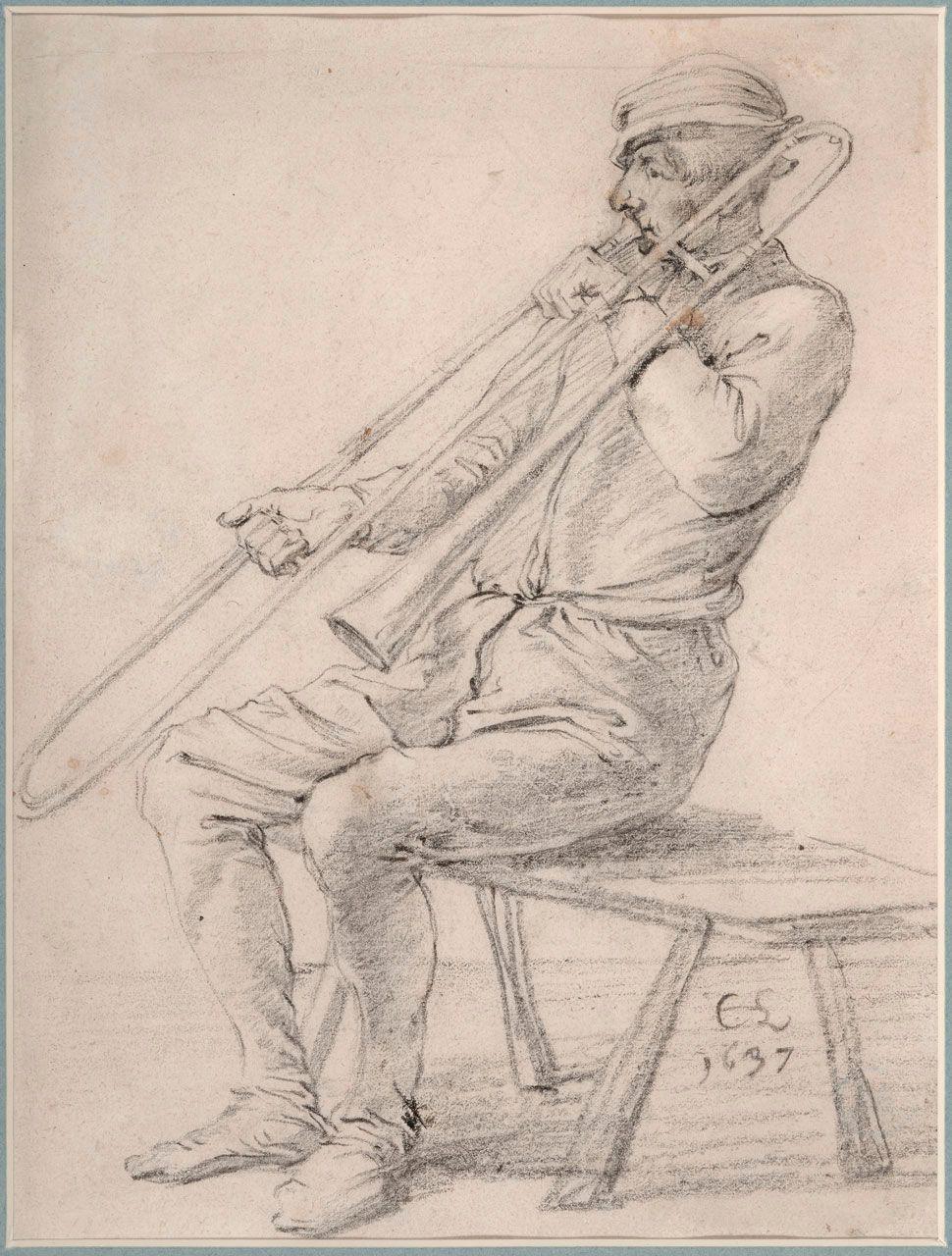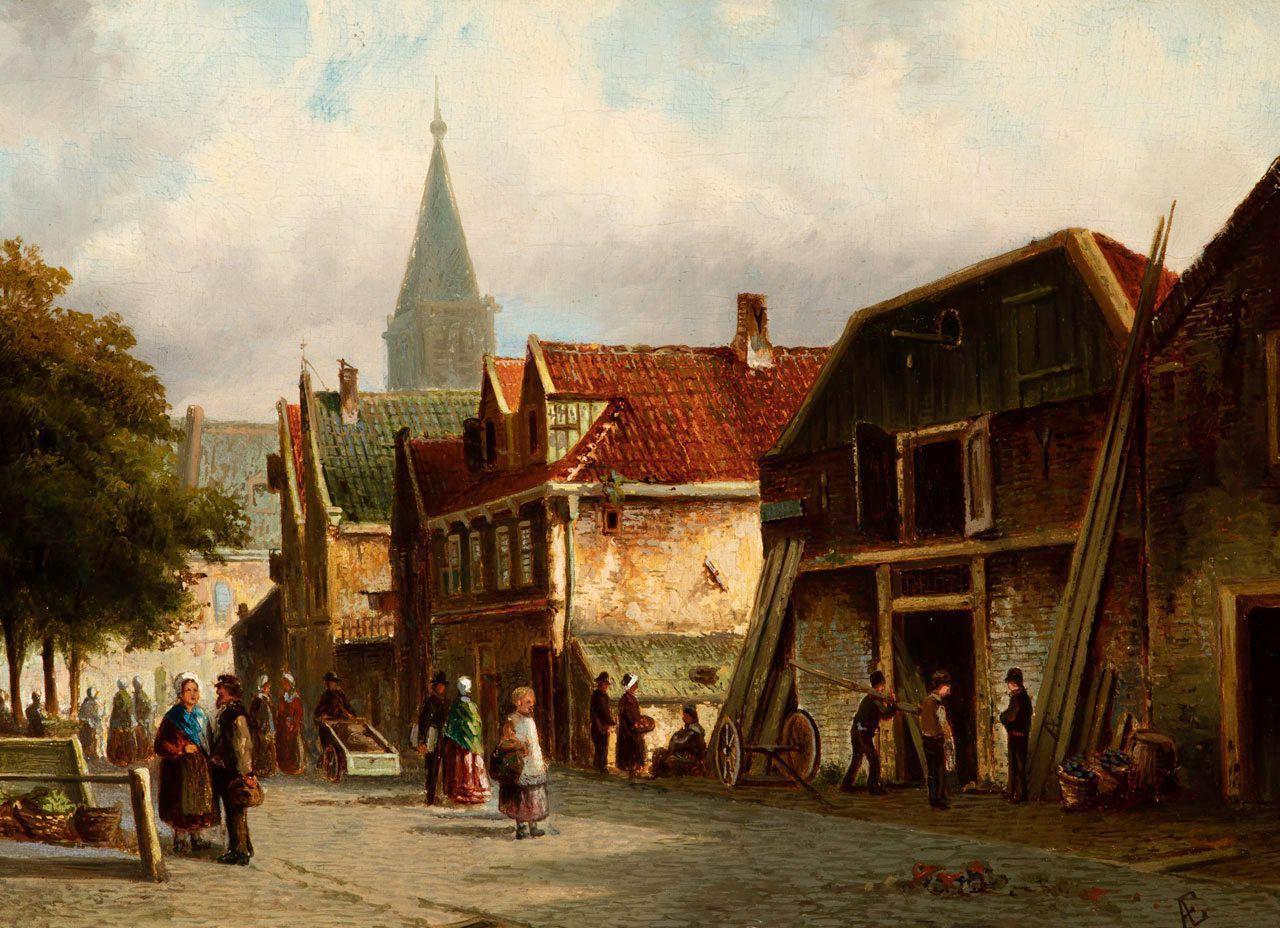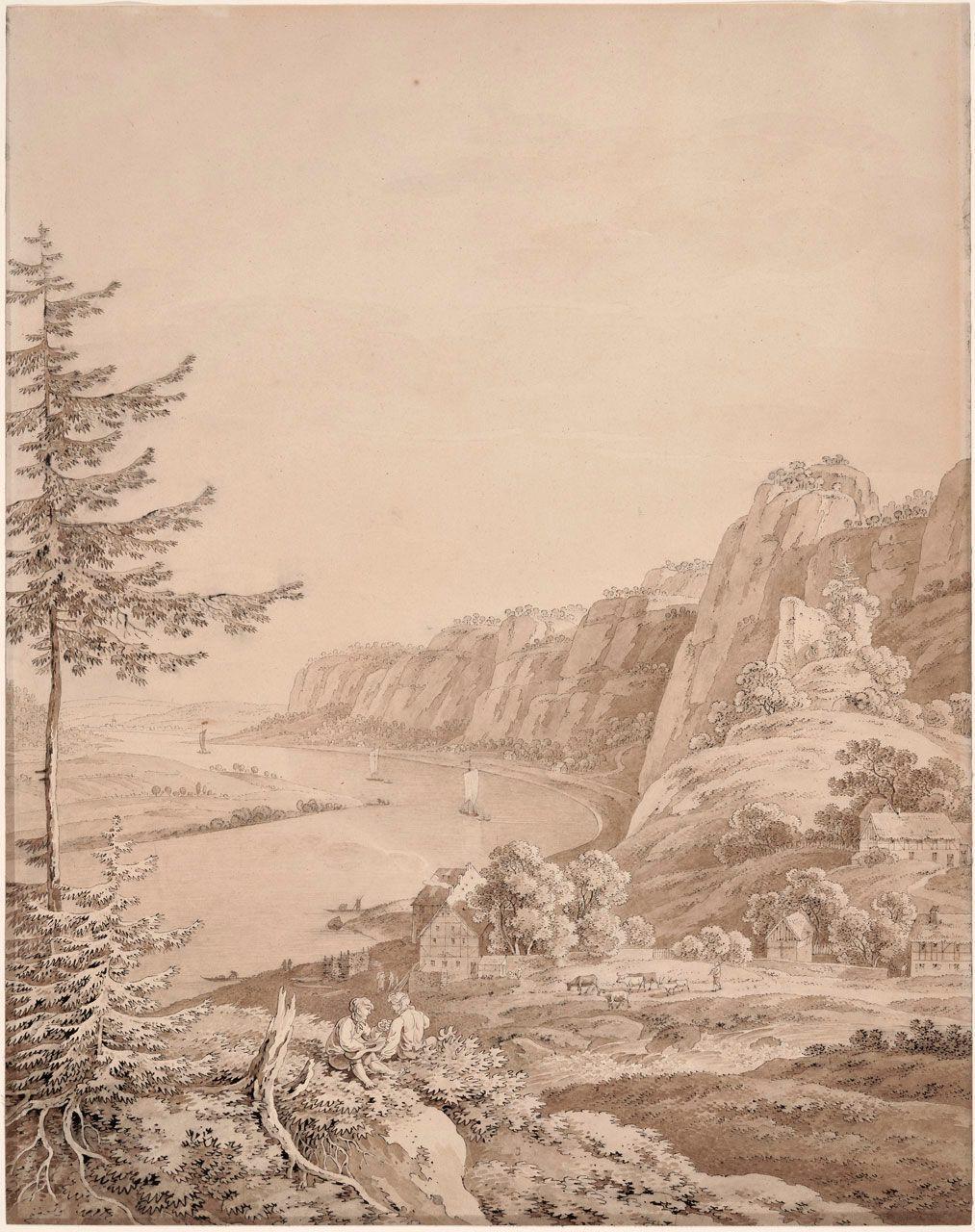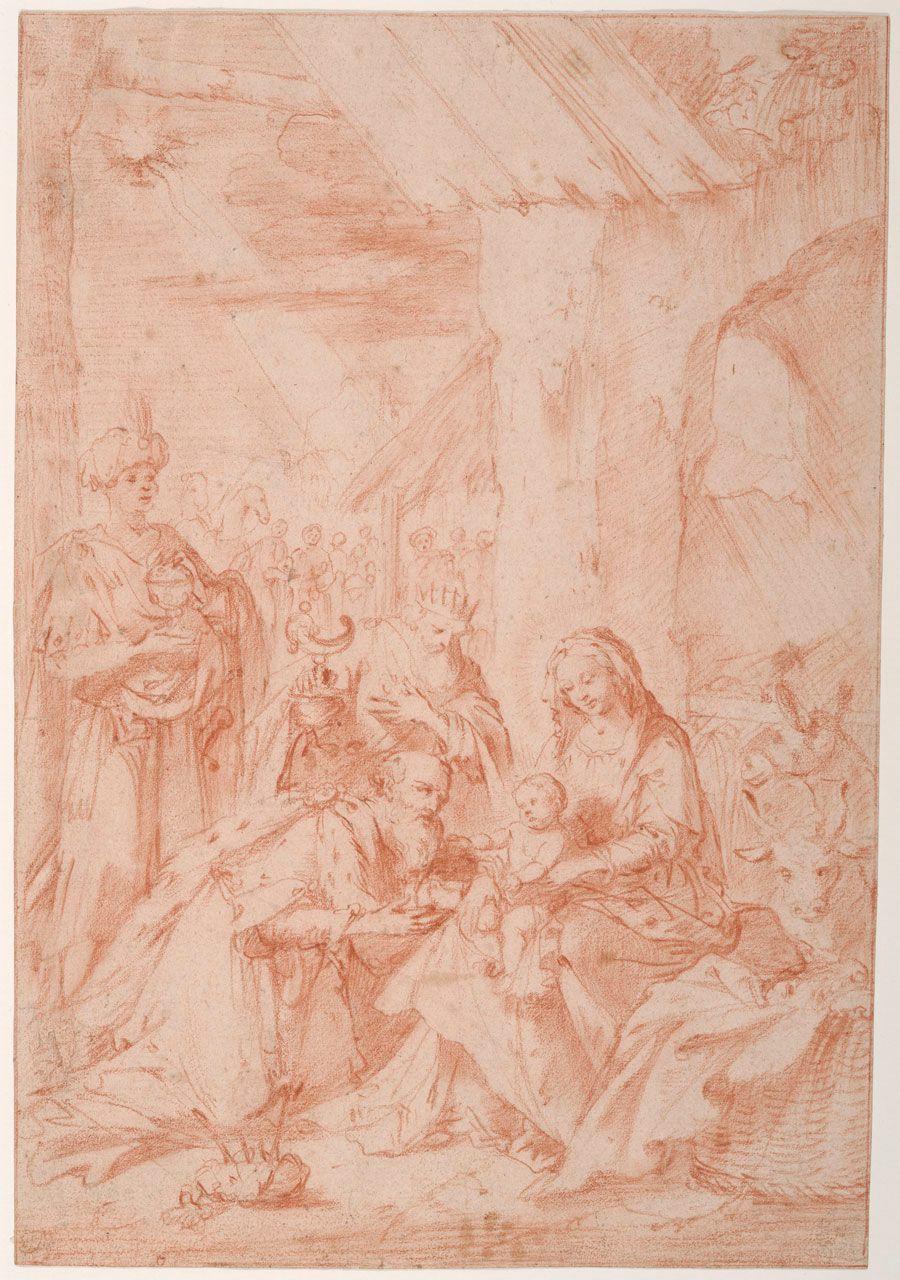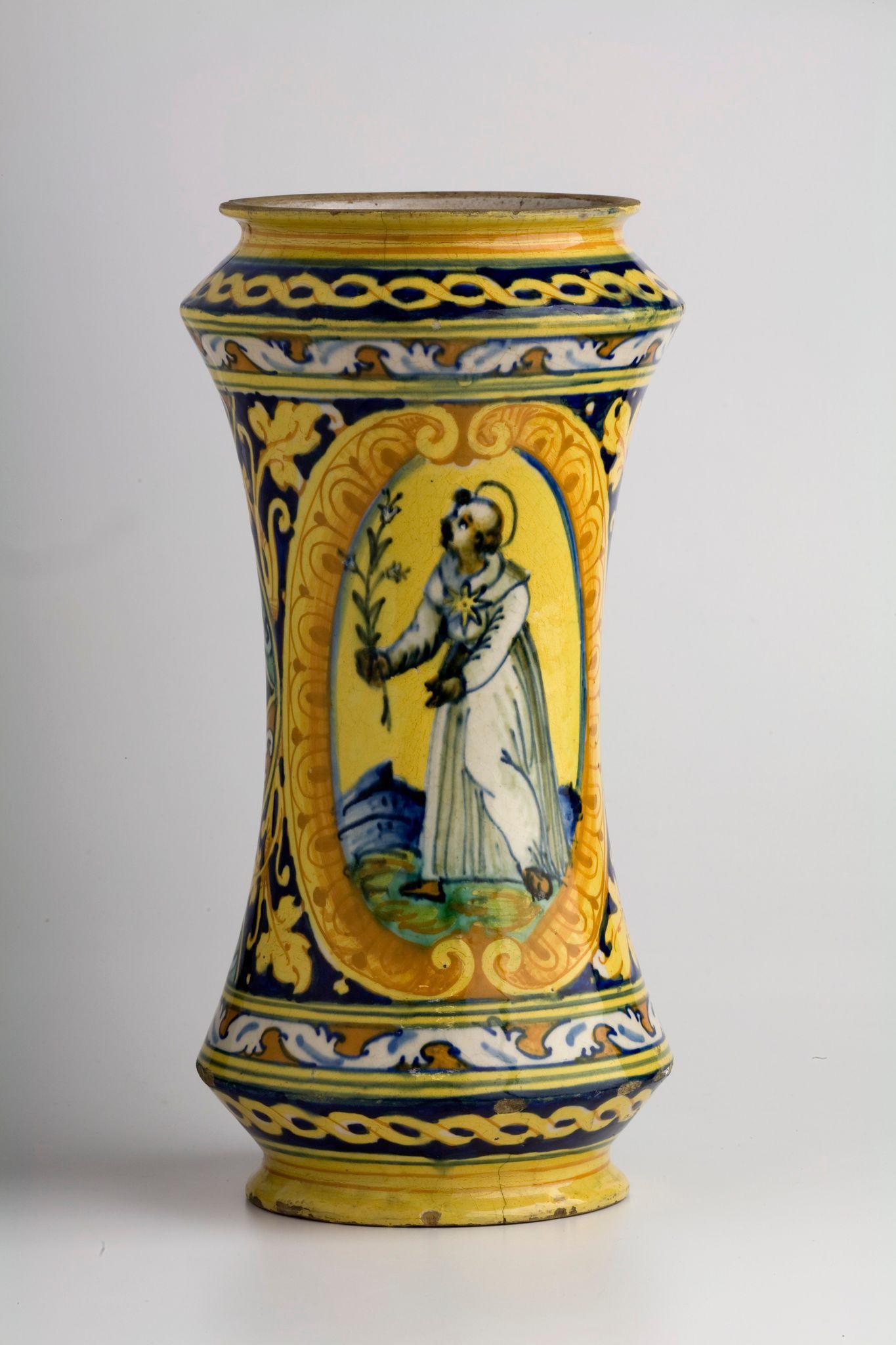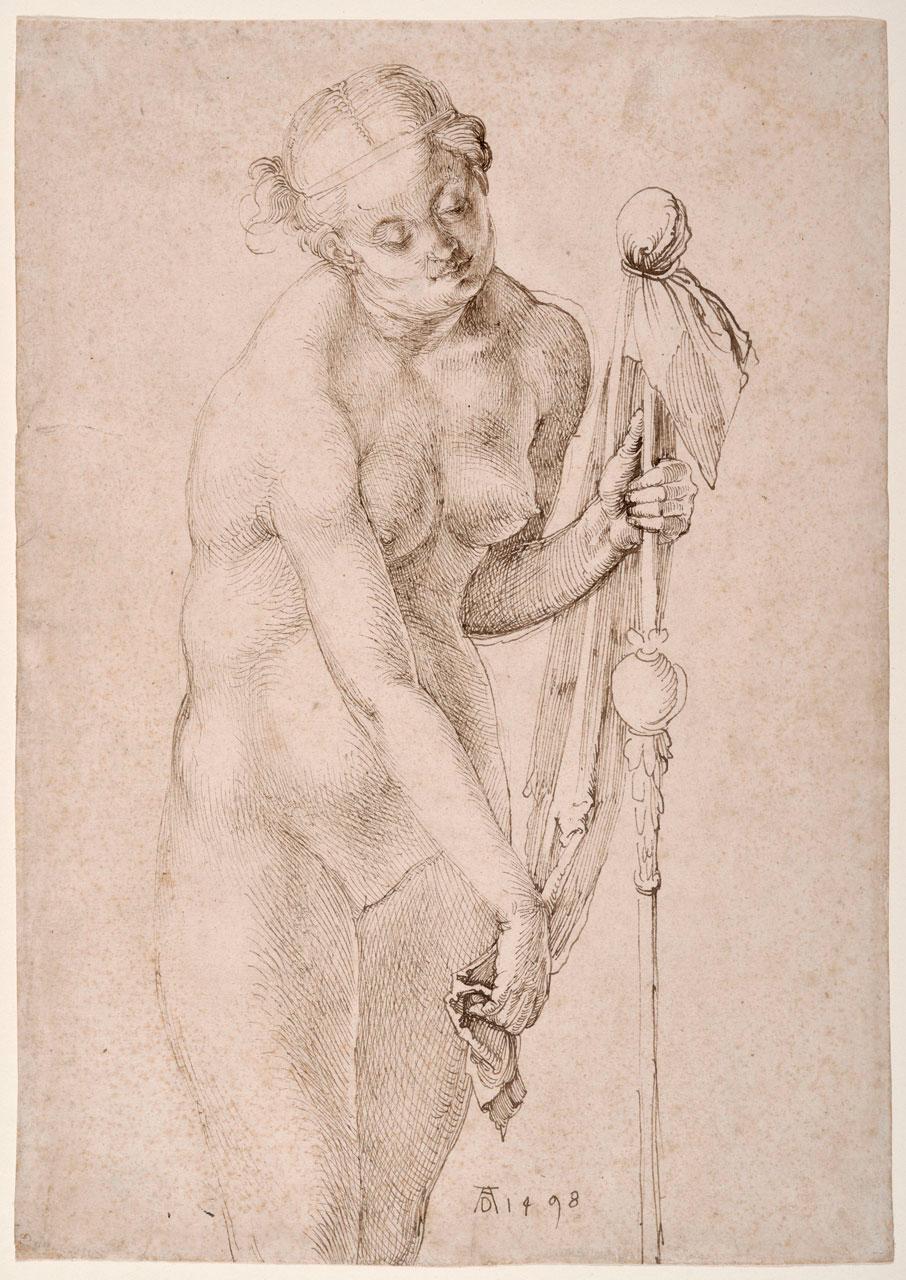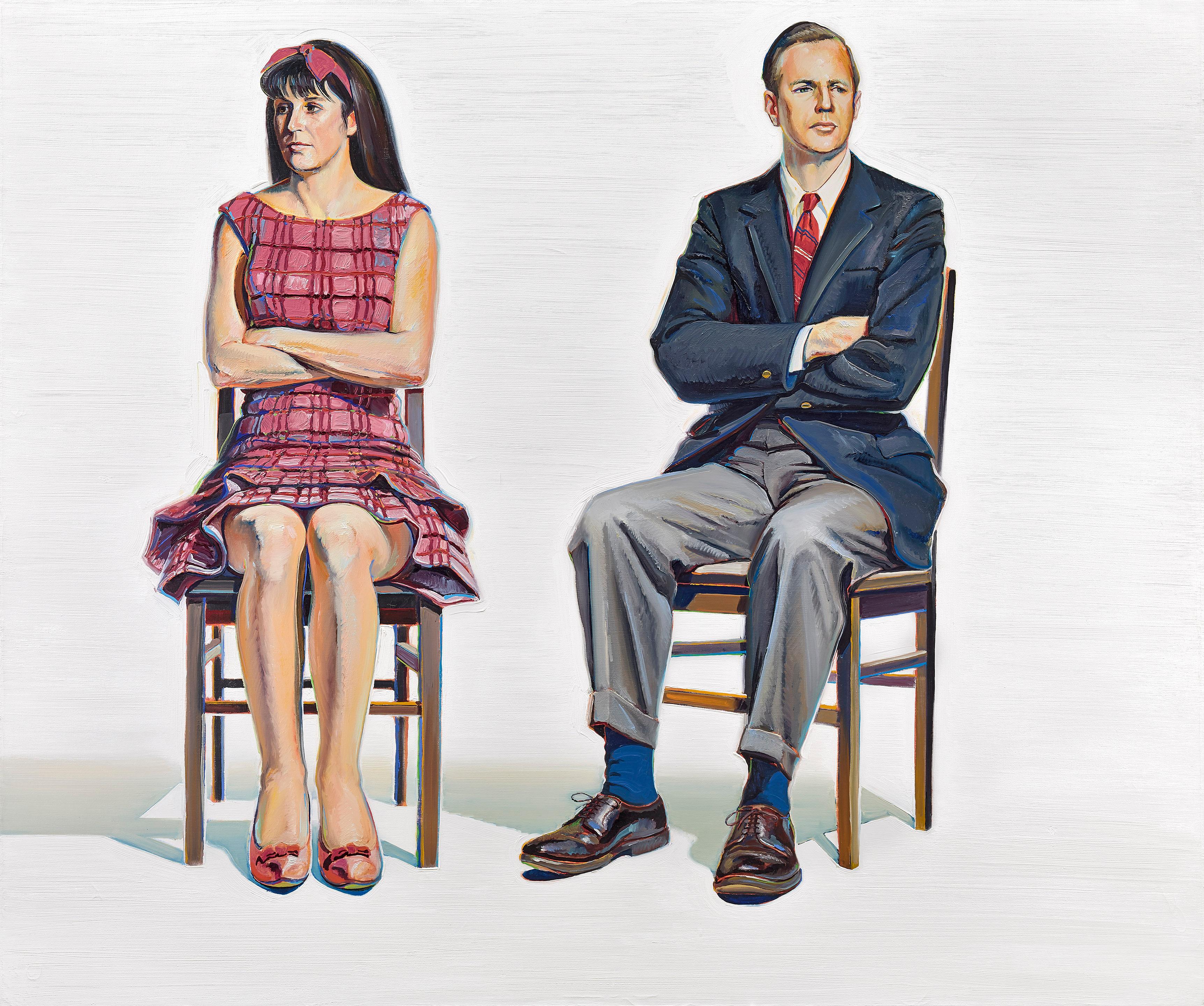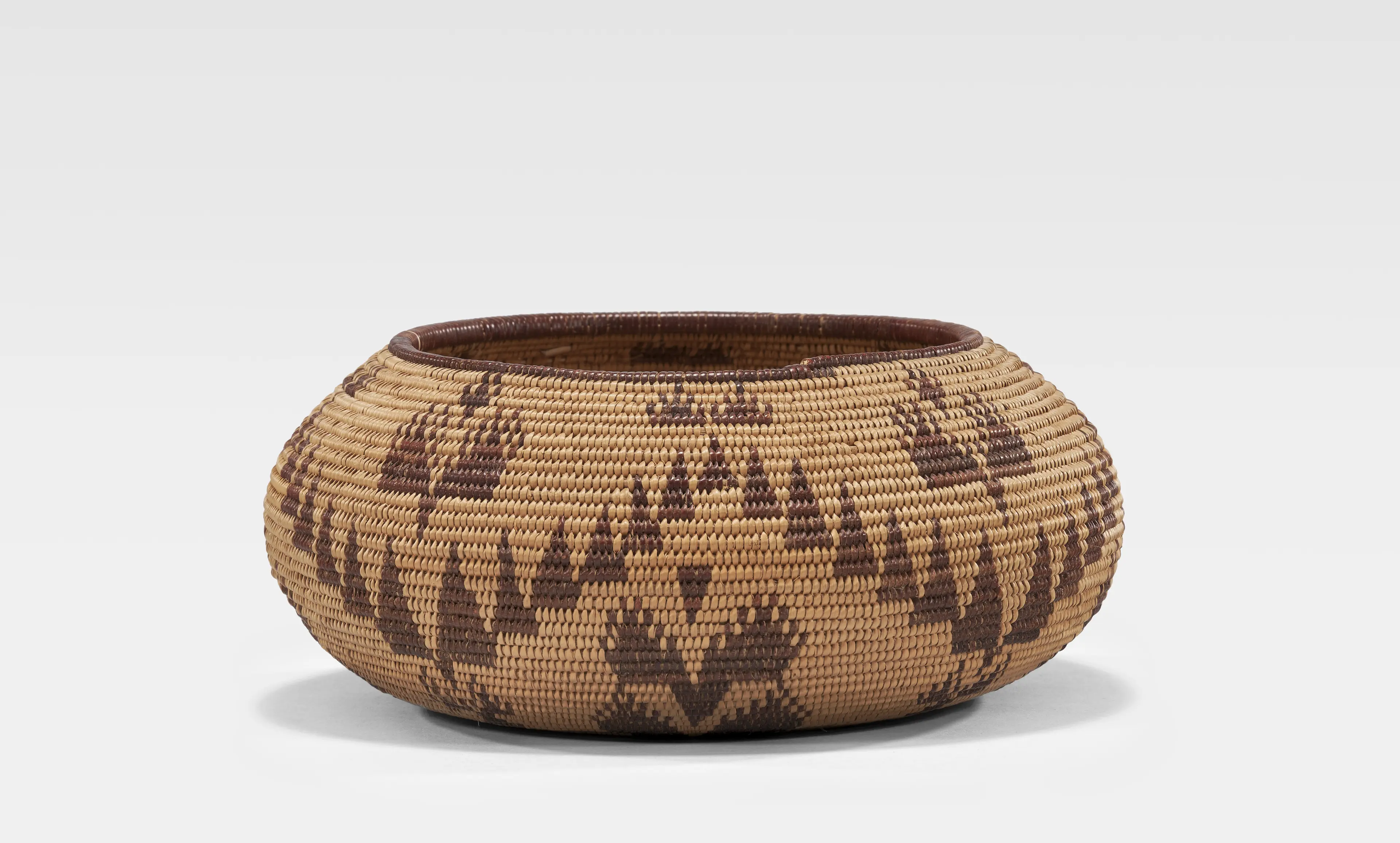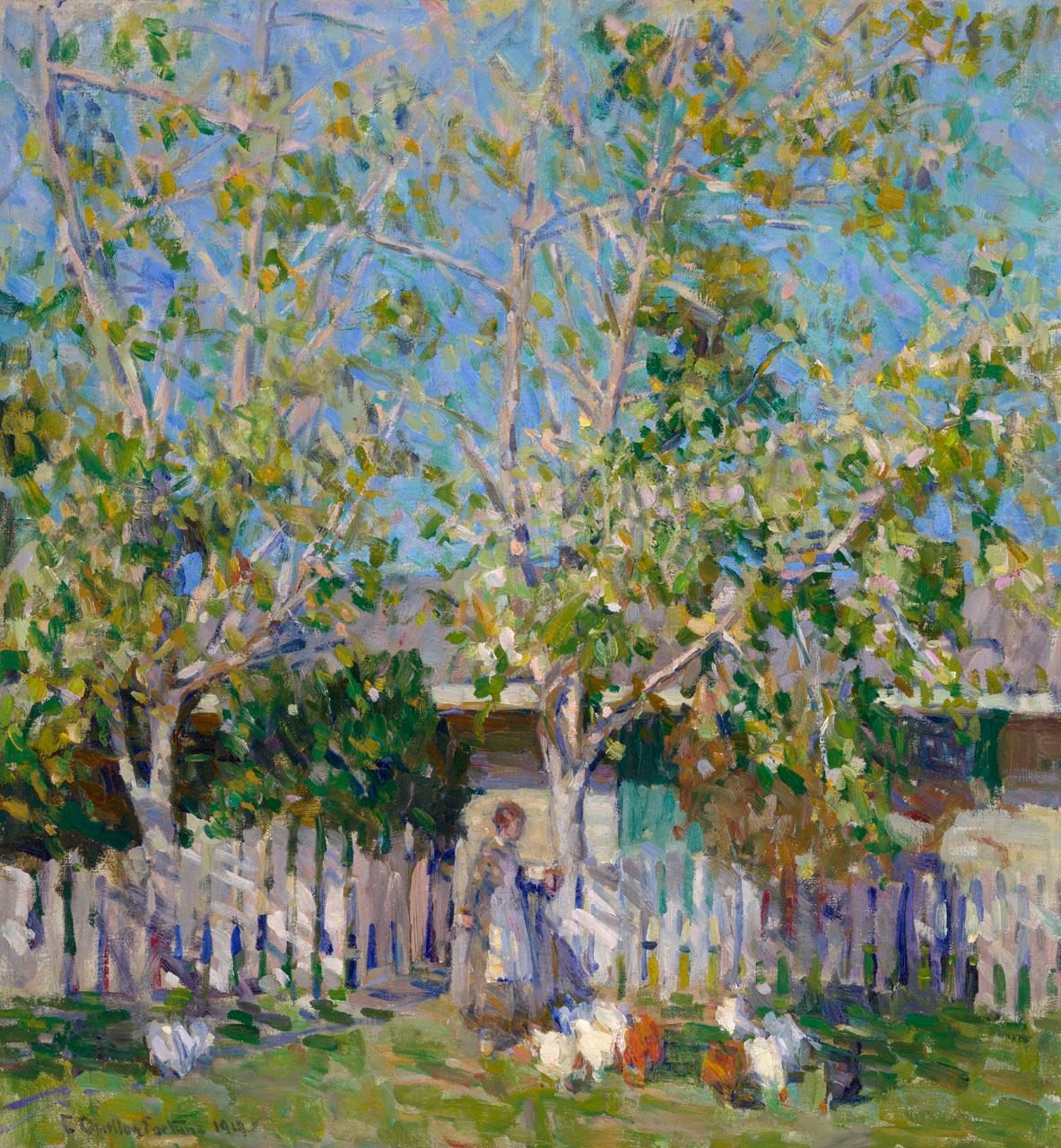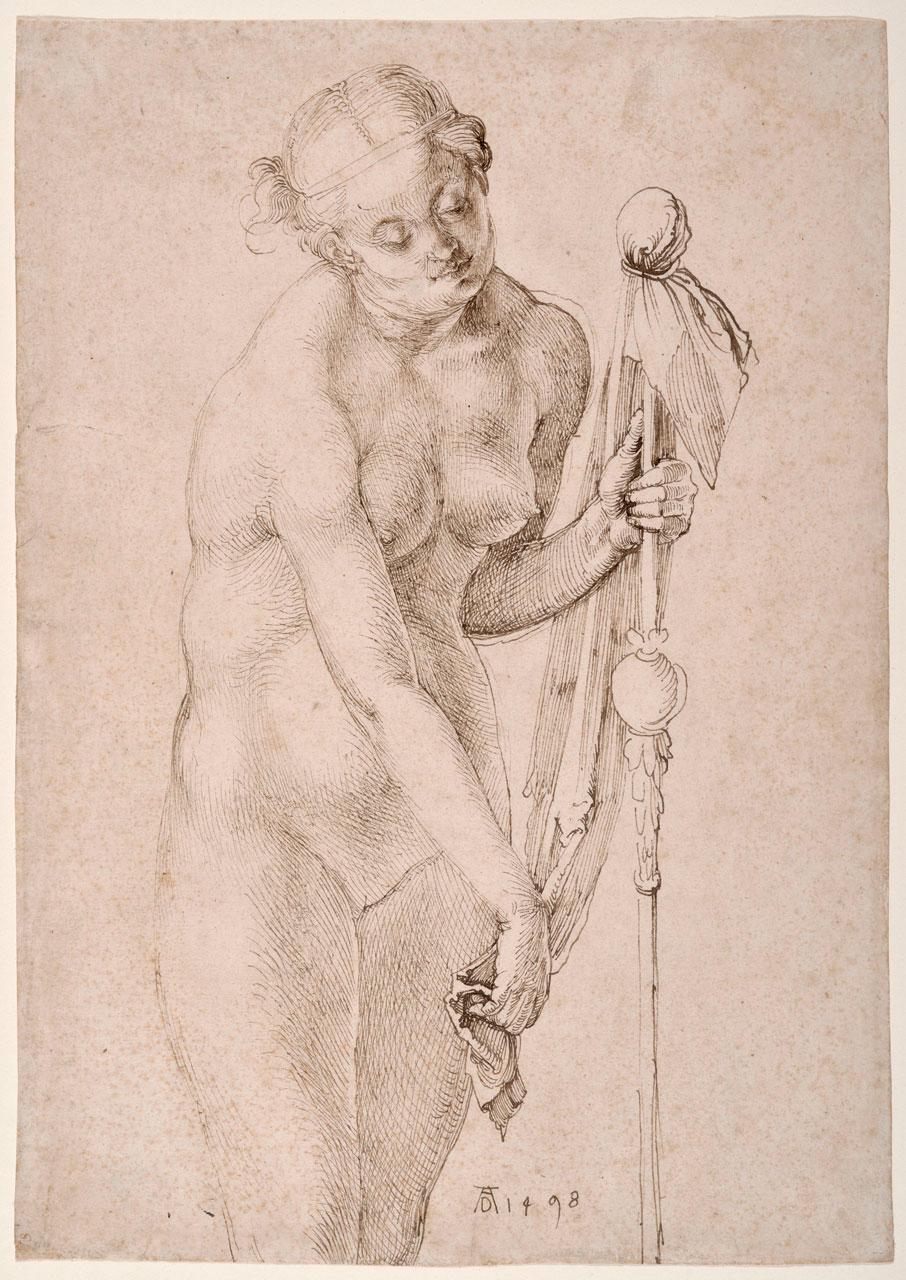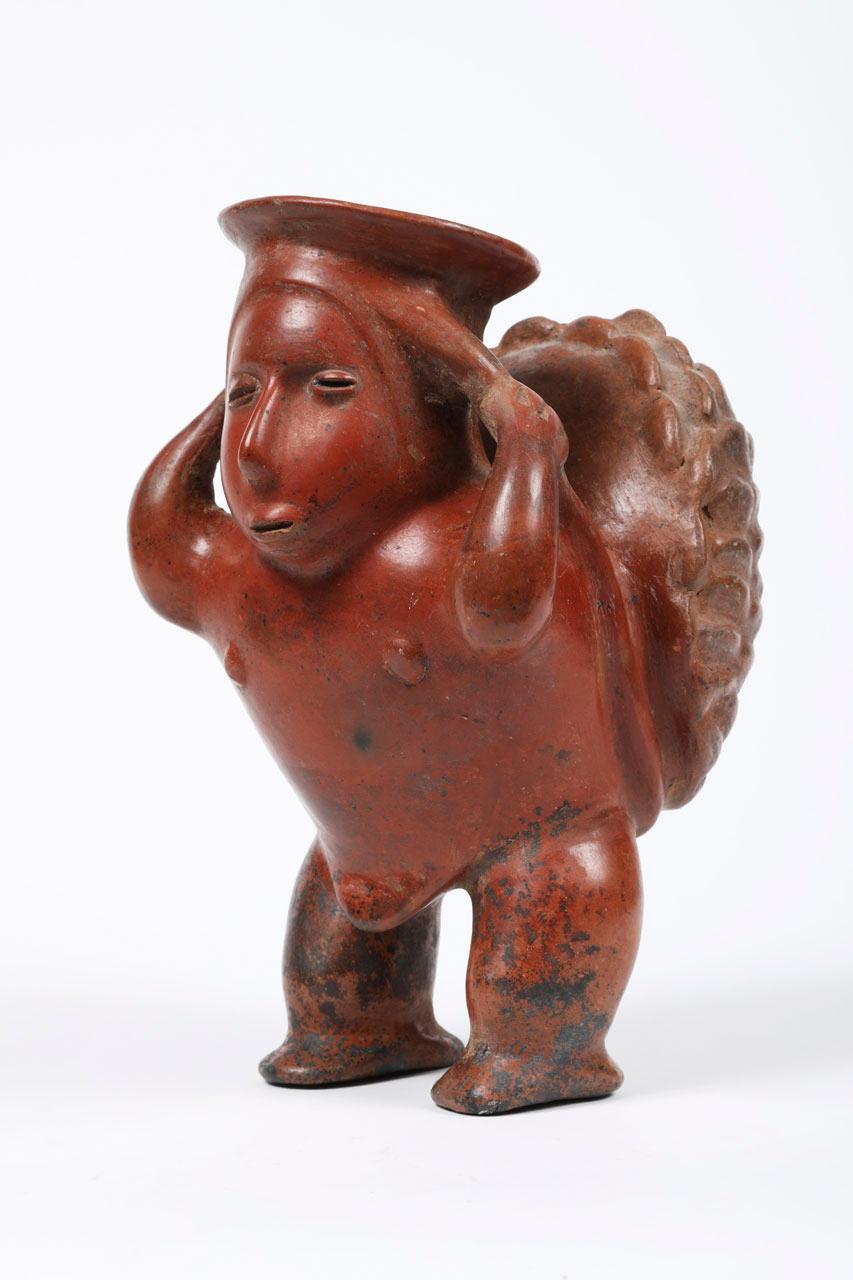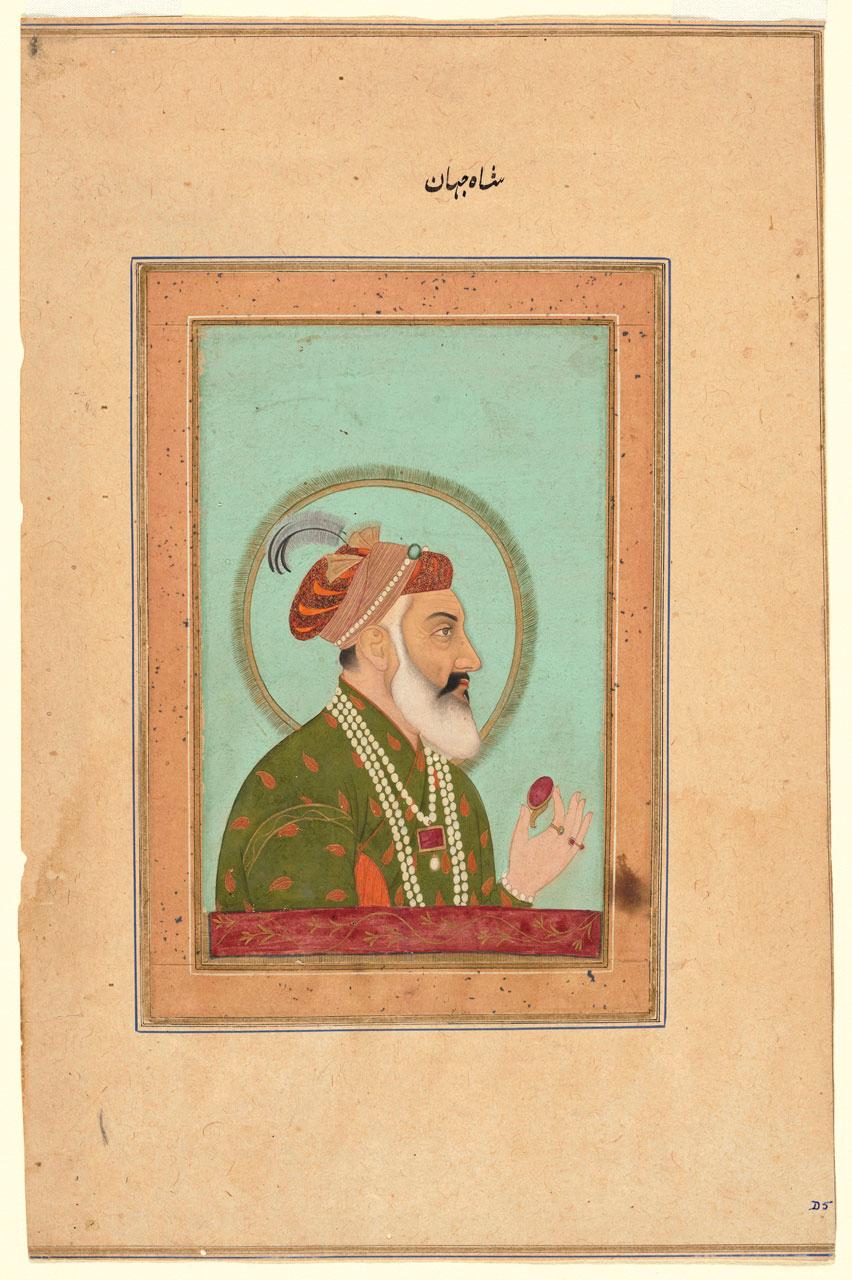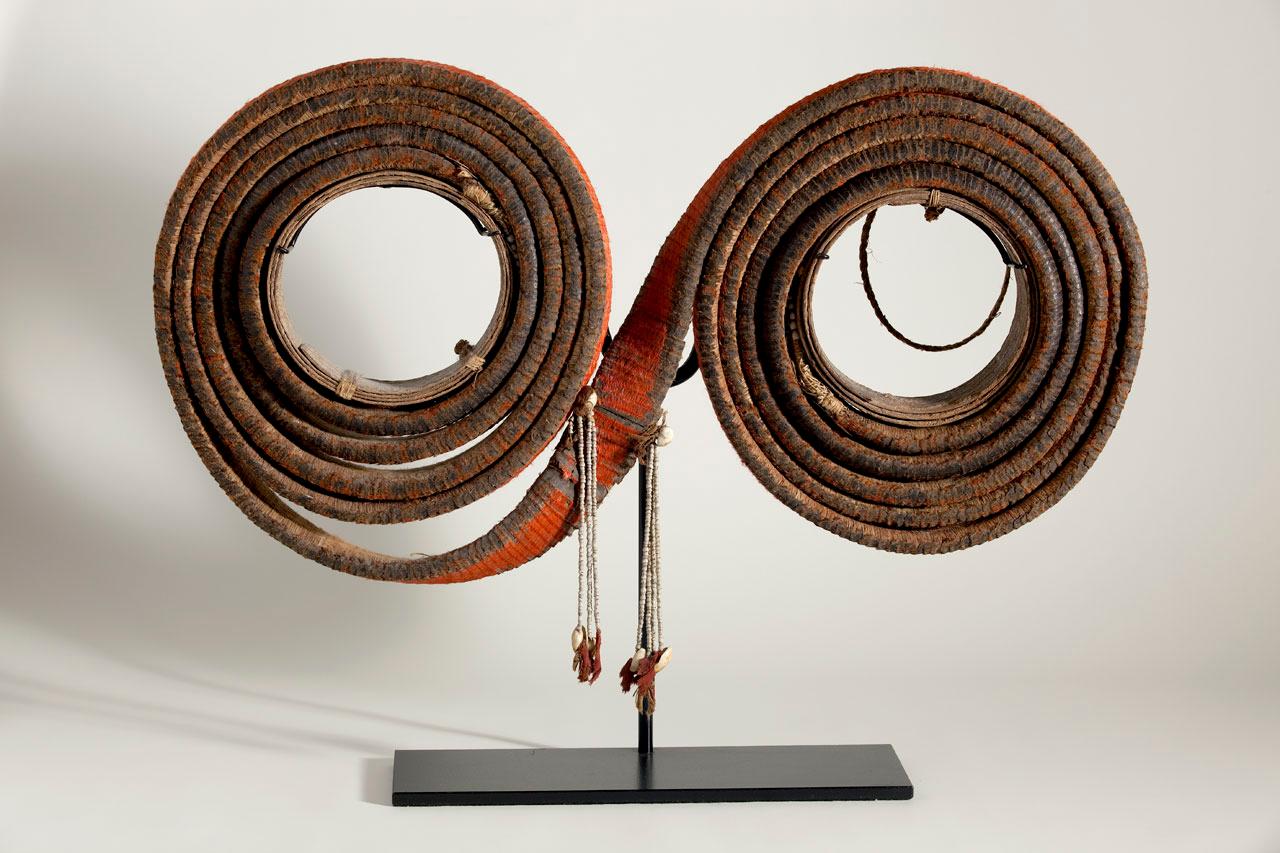About the European Art Collection
The European collection at the Crocker is unusual among American museums, having been formed in the mid-19th century by a single family before opening to the public in 1885. The core of the collection was formed during a trip to Europe by E. B. Crocker and his family in 1869–1871. During this trip the family kept an address in Dresden, though they likely traveled further afield. Upon their return to the United States, their collection numbered 701 European paintings and 1,344 master drawings. Gifts, bequests, and purchases since that time have expanded the collection considerably.
The strengths of the European paintings collection include 17th-century Dutch and Flemish, 17th and 18th-century French and Italian, 19th-century German and Austrian, and 19th-century Dutch painting. Among the Dutch paintings, the Allegory of Painting by Gerrit van Honthorst, the Estuary with a Round Tower by Jan van Goyen, and A Bacchanal in a Landscape by Herman Swanevelt are especially notable, along with genre scenes and still lifes such as the Roses and Butterfly by Maria van Oosterwyck. A portrait of a French court official by Philippe de Champaigne and a Salome by Simon Vouet represent the 17th century, while an overdoor with The Break of Dawn by Louis-Jean-François Lagrenée and the Portrait of the Painter Anne-Vallayer Coster by Alexandre Roslin are exceptional 18th-century French works. Among the Italian works, a 16th-century Saint Catherine by Francesco Morandini (called Il Poppi) and a 17th-century Virgin Annunciate by Francesco Mazzucchelli (called Il Morazzone) represent the Tuscan and Lombard traditions, while Guercino’s Saint Peter shows developments in Rome. A full range of 19th-century German works, including Andreas Achenbach’s Norwegian Coast by Moonlight and Oswald Achenbach’s Festival and Fireworks by Moonlight in Resina, Albert Venus’s Thunderstorm in the Roman Campagna, and Wilhelm Gentz’s Harem Taking a Walk, Cairo, the latter the result of the artist’s visit, highlight the variety of German-speaking artists, especially those of the 1860s and early 1870s.
Dutch Romantic and Hague School artists of the 19th century, including the Koekkoek family, Hendrik Mesdag, and Jozef Israëls, form a fitting counterpart to their Central European colleagues.
The European master drawings collection at the Crocker Art Museum is rich and historic, being the first on the West Coast and among the earliest American museum collections. Like the European paintings collection, it was formed by the Crocker family and has been enriched by gifts, purchases, and bequests, especially in recent years. With the first drawing by Albrecht Dürer to enter the United States and major sheets by Vittore Carpaccio, François Boucher, Pieter Lely, and Jacques-Louis David, the highlights of the collection are supported by depth and breadth in the major artistic traditions of the European continent. Sources of the master drawings include the most famous 17th and 18th-century Dutch and French collections, as well as British and German collections of the 19th century. Formed well before the systematic study of drawings began in the United States in the 1920s and 30s, the collection has been the subject of many discoveries by leading scholars in the years since. The strengths of the collection are the 15th and early 16th centuries in Germany, the 16th and 17th centuries in Italy, the 17th century in the Netherlands and Flanders, and the 18th century in France. A unique strength among American collections is the 18th century in Germany. With other unusual groups of drawings, such as those by 18th-century Dutch and early 19th-century Italian artists, the collection continues to be an abundant resource for the history of European art.

